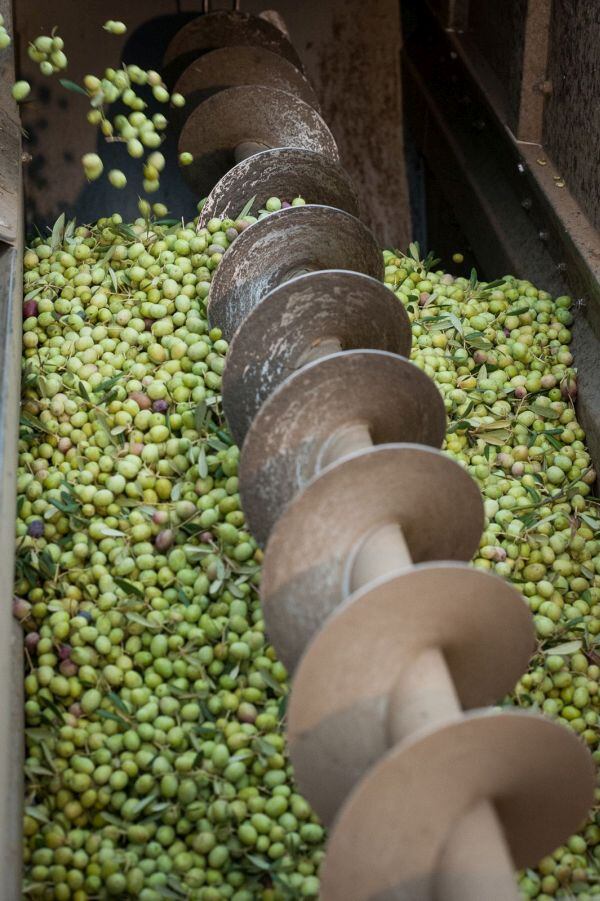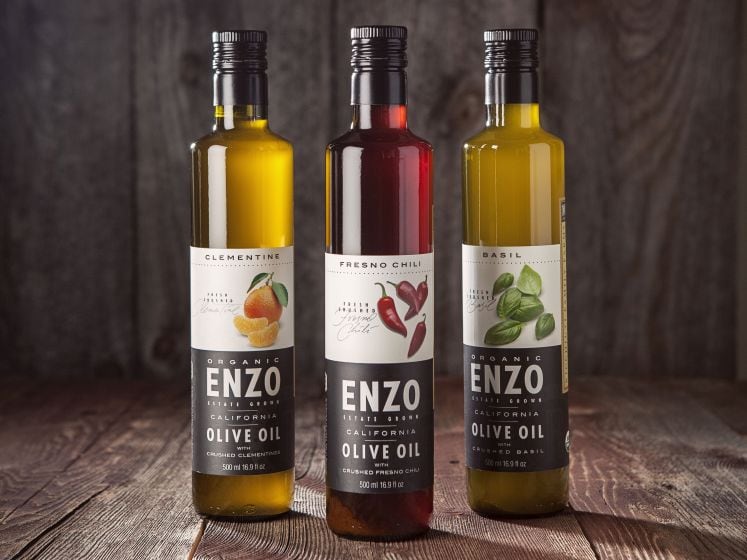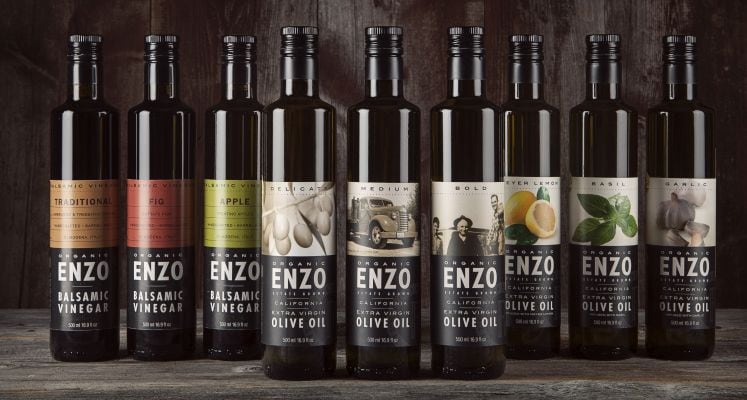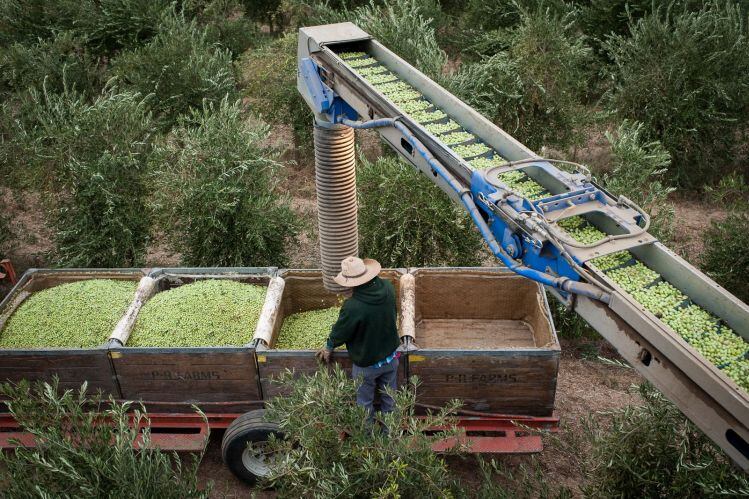In 2011, California-produced olive oil accounted for just 1% of all olive oil consumed in the US. By 2016, that had risen to 5.8% with predictions of a “sizeable increase in 2017”, according to the California Olive Oil Council (COOC).
In the fall of 2016, more than 400 Californian olive oil producers made 3.5 million gallons of extra virgin olive oil across an estimated 40,000 acres.
Vincent Ricchiuti, director of operations at ENZO Olive Oil – a mid-sized Californian producer – said he would like to see the market continue to grow 1% each year.
“The growth that we’ve been on is great. It allows us to grow responsibly - plant trees, do it the right way and do it naturally instead of a huge push where we sell out and consumers get frustrated,” he told FoodNavigator-USA.
“We’re making great strides, but it’s going to be a long way before we become significant in the market…The California olive oil market, in my opinion, is still untapped; it’s still a baby.”
Planting more trees…
Asked how California producers might address this ‘untapped’ market potential, he said it was about growth.

“There is space for more players and also for the players that are already here to grow. Our family, for example, is planning on planting more acreage and there are other companies doing the same,” Ricchiuti said.
ENZO Olive Oil currently operated across 350 acres and produced around 40,000 gallons a year, he explained, but hoped to double its sales in the next five years through acreage expansion.
However, he said many Californian producers were battling to find space for extra trees because other crops, like almond trees, were prioritized in the region despite requiring around 25% more water than olive trees.
“We just need to prove to other farmers it’s worthwhile,” he said.

Educating the consumer
But, Ricchiuti said even with extra space, growth was unachievable without a focus on consumer education.
“What our brand, and California is trying to do as an industry, is to educate the consumer about what olive oil is about and what to do with it… The more we can get out there to educate consumers on what they should be buying and should be looking for, the better.”
A harvest date printed on the bottle, for example, was the number-one thing consumers should look for when buying olive oil, he said. “A good producer is going to have a harvest date on the bottle, and consumers should be buying it within a year to 18 months of that harvest date.”
But when it came to price – were consumers really prepared to pay almost double familiar olive oil prices? (ENZO Olive Oil retailed its 500ml ‘table’ line bottles for $14-$17 and its ‘reserve’ line bottles for $19-$24.)
“Brands like Colavita, STAR and Bertolli – they’re not my competition; they can’t be because they’re selling a product at around $9.99 or cheaper… We’re not competition, we’re different.”
ENZO Olive Oil had a totally different taste profile, he said, because it was genuinely extra virgin, but also estate-grown and 100% organic. The company also had a variety of products, from product made crushing olives and chili together to garlic- and lemon-infusions.
“Our family is able to control the process from the planting of the tree all the way to putting the product into the bottle, which we deem as being very important for quality and traceability.”

Certified extra virgin, organic
Ricchiuti said certification was an important part of this quality assurance - ENZO Olive Oils, for example, were certified organic by the California Certified Organic Farmers and certified extra virgin by COOC.
This was especially important, he said, in light of fraudulent labeling on products in the US olive oil market – an issue he claimed still tainted the sector.
“It hasn’t changed. The only thing that has changed is that more people are becoming better educated and they’re shifting their dollars to other products.”
The US government, he said, had to start enforcing existing label laws and testing imported olive oil arriving into port, prior to bottling. Retailers also had to hold producers to a higher standard and conduct regular category reviews, he said.
Ricchiuti said California, however, had “lots of mechanisms put in place” to regulate olive oil – ensuring consumers get good product that matches label claims.
The California Department of Food and Agriculture Department (CDFA) implemented grade and labeling standards back in 2014 for olive oil produced in the state, following recommendations from the Olive Oil Commission of California (OOCC) – standards that were now reviewed and updated annually.
These regulations, among other things, ensured mandatory testing of olive oils produced at rates of 5,000 gallons+ per annum to ascertain if the grade claimed matched the product. Anything under 5,000 gallons per year remained voluntary.

The collective goal – ‘we’re all farmers’
Ricchiuti said Californian olive oil producers had to continue to work collaboratively in the drive to establish the region as a go-to in olive oil.
“It’s competitive, as any business is, but the comradery is definitely there. You get that because it’s an agriculture-based industry; at the ground level we’re all farmers. We know that at any point our crop can be ruined by a natural disaster or anything like that.
“…These are our competitors but we all know we’ll rise together. If everybody does a great job, we’ll all rise together and there’s enough [market] out there for us all to get along.”
